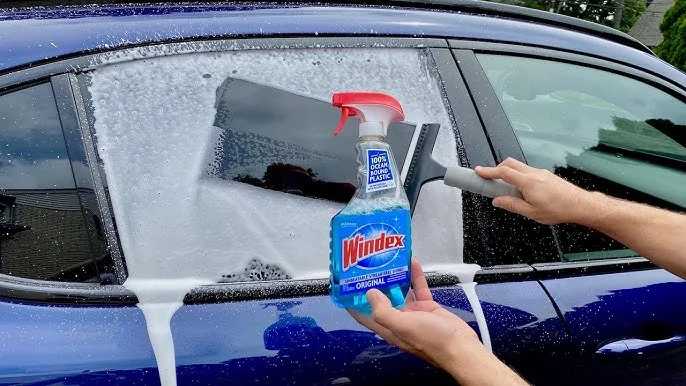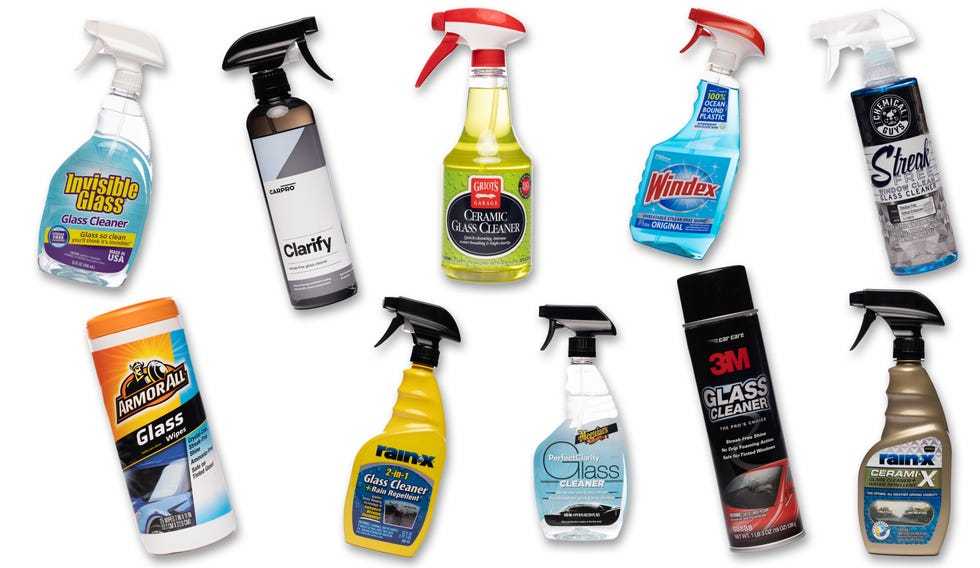To effectively seal laminated glass edges, start by thoroughly cleaning the edges to remove any dirt or debris, then apply a high-quality silicone sealant designed for glass. Use a precise applicator to ensure an even, smooth bead along the perimeter, and smooth it out with a silicone spatula or finger dipped in soapy water. Allow the sealant to cure completely before handling the glass to ensure a durable, waterproof seal.
Sealing laminated glass edges is essential for preventing moisture ingress, enhancing safety, and prolonging the life of the glass. The process involves proper surface preparation, choosing the right sealant, and careful application to create a tight, seamless barrier. Whether you’re installing new glass or repairing existing panels, understanding these steps can make the task easier and more effective.
If you’re wondering how to seal laminated glass edges, it’s a straightforward process that can be tackled with the right tools and materials. Clean the edges thoroughly, apply a suitable sealant evenly, and allow ample curing time. With attention to detail, you’ll achieve a professional, long-lasting seal that protects your glass investment and ensures safety and durability.
How to Seal Laminated Glass Edges
Sealing the edges of laminated glass is a crucial step to ensure safety, durability, and aesthetic appeal. Proper sealing prevents water, dirt, and debris from entering the laminated layer, which could cause cloudiness or damage over time. This process also helps in maintaining the structural integrity of the glass, especially in outdoor settings or areas exposed to weather conditions.
Understanding Laminated Glass and Its Edges
Laminated glass is made of two or more glass layers bonded together with a plastic interlayer, usually polyvinyl butyral (PVB). The edges of laminated glass are vulnerable points where the layers can separate or become damaged. Proper sealing helps reinforce these edges and provides a protective barrier.
Tools and Materials Needed for Sealing Laminated Glass Edges
Before starting, gather all necessary supplies. The following tools and materials will make the sealing process easier and more effective:
- Silicone Sealant: Choose a high-quality, UV-resistant, and weatherproof silicone sealant suitable for glass.
- Primer: Some sealants require a primer to ensure better adhesion.
- Cleaning Supplies: Glass cleaner and lint-free cloths to prepare the surface.
- Plastic or Rubber Scraper: For smoothing the sealant.
- Masking Tape: To protect areas around the edges and achieve clean lines.
- Gloves and Safety Gear: For protection during application.
Preparing the Laminate Edges for Sealing
Preparation is vital for long-lasting sealing. Start by cleaning the edges thoroughly using a glass cleaner to remove dust, dirt, or grease that could prevent proper adhesion. Make sure the edges are dry before applying any sealant.
Remove any loose or chipped glass fragments to avoid uneven sealing. If the edges are rough or uneven, sand them carefully with fine-grit sandpaper or a file to create a smooth surface. This ensures the sealant adheres uniformly.
Applying Primer for Better Adhesion
In cases where the sealant manufacturer recommends a primer, apply it according to the instructions. Use a small brush or applicator and evenly coat the edges. Allow the primer to dry completely before proceeding to sealant application. This step enhances durability and reduces the chance of sealant failure.
Choosing the Right Sealant for Laminated Glass Edges
Not all sealants are suitable for laminated glass. Look for a silicone-based sealant designed specifically for glass applications. It should be UV-resistant and weatherproof if the glass is installed outdoors. Check the product specifications and reviews to ensure compatibility.
Avoid sealants that contain solvents harmful to plastic interlayers or that may discolor over time. Polyurethane and polysulfide sealants are also options but require proper compatibility checks. For most residential and commercial applications, a high-quality silicone sealant offers the best combination of flexibility and durability.
Step-by-Step Guide to Sealing Laminated Glass Edges
Follow these steps to achieve a professional and durable seal:
Step 1: Mask the Area
Use masking tape to outline where the sealant will be applied. This creates clean lines and prevents excess sealant from spreading onto unwanted areas.
Step 2: Apply the Sealant
Cut the tip of the sealant tube at a 45-degree angle to the desired bead size. Load it into a caulking gun. Squeeze a continuous bead of sealant along the edges, maintaining steady pressure for even application. Avoid gaps or bubbles.
Step 3: Smooth the Sealant
Immediately after applying, use a plastic or rubber scraper to smooth the bead. You can also use your finger dipped in water or a soapy solution for a smooth finish. This step helps the sealant adhere correctly and creates a neat appearance.
Step 4: Remove the Masking Tape
Carefully peel away the masking tape before the sealant cures completely. This prevents smudging or pulling away the fresh sealant.
Step 5: Allow Sealant to Cure
Follow the manufacturer’s recommended curing time, usually 24 hours. Ensure the area remains undisturbed and protected from moisture during this period.
Additional Tips for Effective Sealing
– Ensure the environment is dry and at room temperature for optimal adhesion.
– Apply the sealant in a steady, continuous motion to prevent gaps.
– For large or complex edges, consider using a backer rod to fill gaps before sealing.
– Regularly inspect the sealed edges for signs of wear or damage and reapply if necessary.
Common Mistakes to Avoid When Sealing Laminated Glass Edges
Poor sealing can lead to leaks, cloudiness, or damage. Avoid the following mistakes:
- Applying sealant in wet or humid conditions
- Using incompatible sealants that may degrade the glass or plastic interlayer
- Not cleaning or preparing the edges properly before sealing
- Applying too little or too much sealant, leading to gaps or mess
- Skipping the curing time, which can compromise adhesion
Maintaining and Re-Sealing Laminated Glass Edges
Regular inspections help identify early signs of sealant failure. Clean the edges gently to remove dirt and debris, and reapply sealant if cracks or gaps appear. Proper maintenance extends the life of the seal and preserves the glass’s appearance and safety.
Related Topics: Additional Ways to Protect Laminated Glass
Besides sealing, consider these addition protective measures:
- Applying a protective film to prevent scratches and UV damage
- Installing weatherstripping in outdoor settings
- Using edge guards or trims for added physical protection
Properly sealed edges prevent issues from developing over time, making laminated glass safer and more attractive. Following these detailed steps ensures a professional finish and helps your laminated glass maintain its clarity and strength for years to come.
Argotec™ Edge Seal Film for Laminated Glass
Frequently Asked Questions
What tools are necessary to properly seal laminated glass edges?
To effectively seal laminated glass edges, you need a few essential tools. A high-quality silicone or polyurethane sealant designed for glass, a caulking gun for precise application, a utility knife or scraper to remove old sealant, masking tape to create clean lines, and rubbing alcohol or glass cleaner to prepare the surface. Using these tools ensures a neat and durable seal that withstands environmental factors.
How can I prepare the laminated glass edges before sealing?
Before sealing, clean the edges thoroughly using a glass cleaner or rubbing alcohol to remove dirt, grease, and old sealant residues. Use a utility knife or scraper to gently remove any old or damaged sealant. Allow the surface to dry completely to prevent moisture from compromising the seal. Proper preparation ensures optimal adhesion and longevity of the sealant.
What is the best technique for applying sealant to laminated glass edges?
Begin by loading the sealant into a caulking gun. Carefully run a continuous bead along the edge of the glass, maintaining steady pressure for an even application. After applying, use a damp finger or a smoothing tool to gently shape the sealant into a clean, uniform line. Remove any excess sealant immediately and use masking tape if needed to achieve crisp edges. Proper technique helps create a professional, long-lasting seal.
How long should I wait for the sealant to cure before handling the glass?
Most sealants require at least 24 hours to cure fully, but curing time can vary depending on the product used and environmental conditions. Check the manufacturer’s instructions for specific curing times. During this period, avoid touching or exposing the sealed edges to moisture or stress to ensure the seal develops properly and maintains its integrity.
Are there any additional tips to ensure the longevity of sealed laminated glass edges?
Yes, regularly inspect the sealed edges for signs of damage or wear and promptly reseal if necessary. Keep the glass clean and free from debris, which can degrade the sealant over time. Apply the sealant in dry conditions with moderate temperatures to prevent issues related to improper curing. Proper maintenance extends the lifespan of the seal and keeps the laminated glass secure and protected.
Final Thoughts
Sealing laminated glass edges ensures safety and durability. First, clean the edges thoroughly to remove dust and debris. Apply a high-quality sealant evenly along the perimeter. When sealing laminated glass edges, ensure consistent pressure for a secure bond. Proper sealing prevents moisture infiltration and maintains the glass’s integrity.



